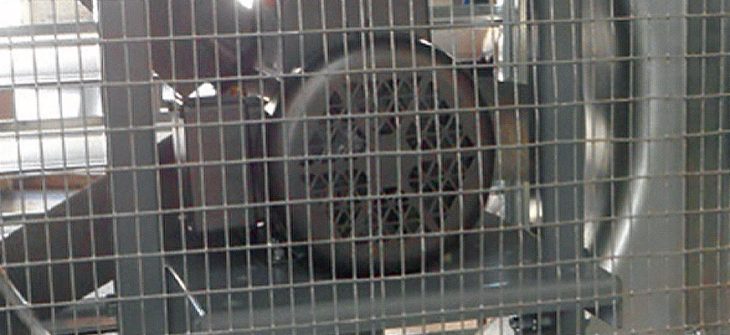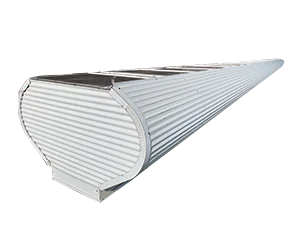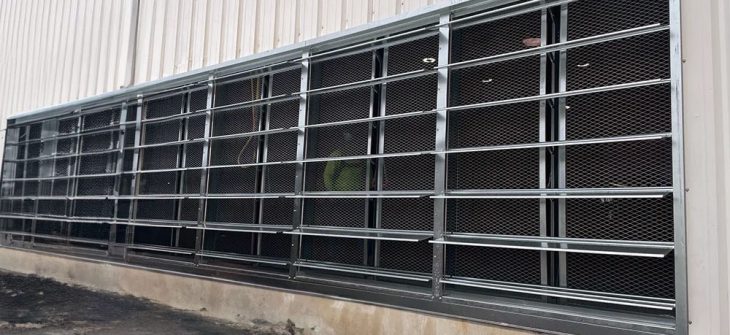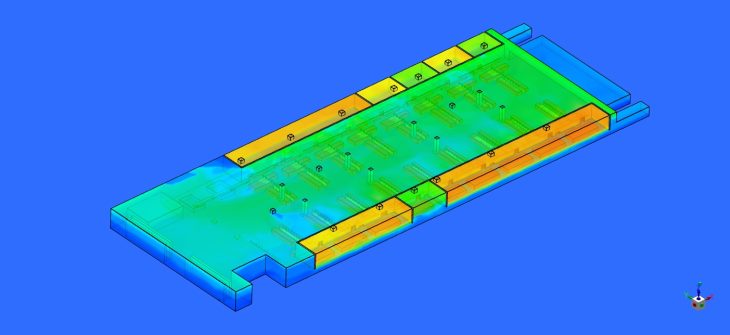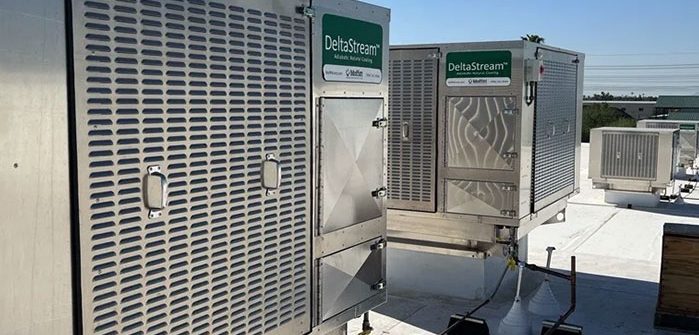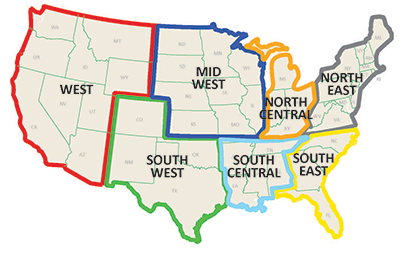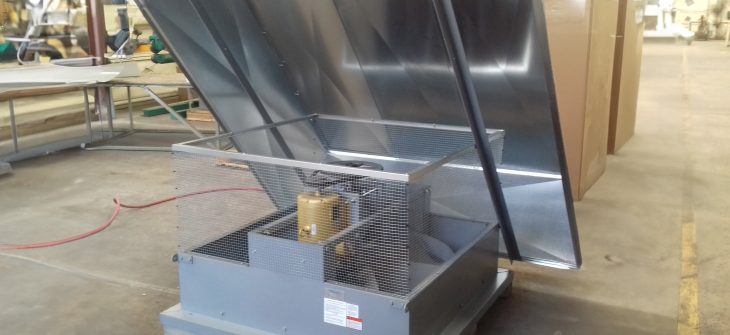Industrial Ventilation
As a leader in custom industrial ventilation systems, we know how a ventilation exhaust fan can improve overall efficiency within industrial settings. Too many buildings simply have the wrong ventilation: underpowered, overpowered, or fans instead of vents. Buildings with the right ventilation experience a drastic upward shift in productivity, operational efficiency, and cost savings. Installing
With the growing climate crisis, industrial buildings are turning into ovens, putting workers at increased risk of heat-related illness. Upgrading ventilation systems for heat compliance is becoming more and more vital as temperatures continue to break record highs and new indoor heat regulations sweep the country. Improving the building’s ventilation system is a cost-effective, long-term
In case you haven’t already heard, California’s Heat Safety Regulations took effect earlier this year. These regulations require employers to take precautions to protect their workers from heat-related illnesses once the internal temperature reaches 82°F, including providing additional breaks with access to cooler temperatures. Both the extreme heat and the required extra cool down breaks
With much of the USA still under winter’s thumb, it’s hard to imagine the sweltering temperatures that will be upon us before we know it, and with them, the risks of indoor heat-related injury and OSHA violations. However, those hotter days are inevitable, and taking steps in the cooler months will help provide a more
Moffitt has a history of developing cost-effective solutions to improve plant ventilation and ensure comfortable working conditions. Businesses and industrial property owners often approach us to help solve their overheating issues while remaining within their budget requirements. The Glendale, AZ, packaging plant is just one example of how Moffitt strives for customer-focused solutions in the
Moffitt provides ventilation solutions for commercial and industrial facilities throughout North America. From north to south, coast to coast, Moffitt provides ventilation solutions for your state. Our Team covers the U.S. from their district offices in the U.S. and Mexico. So, whether you’re in the Northeast or the Southwest, our team is nearby Northeast District
Moffitt ventilation solutions help create better working environments. Since 1961 our mission has been to decrease temperatures in commercial and industrial facilities. From the first steel mills in the early sixties to the data centers of today, our passion continues to be helping people find their ideal ventilation solution. Becoming More than Natural To help

